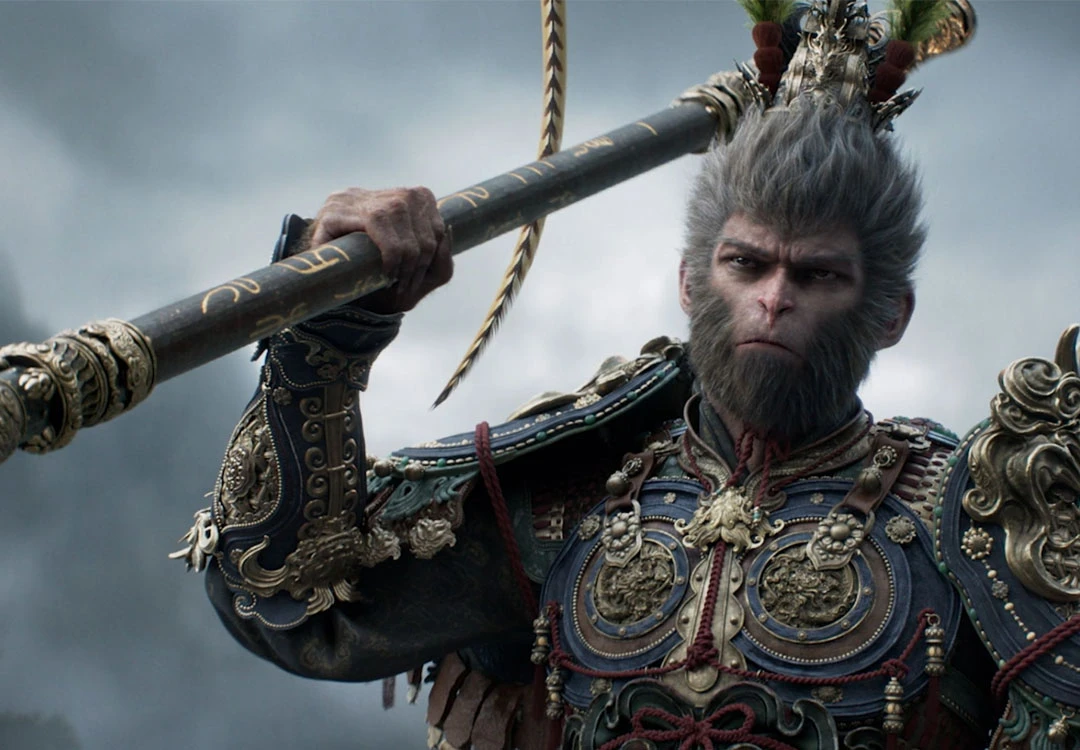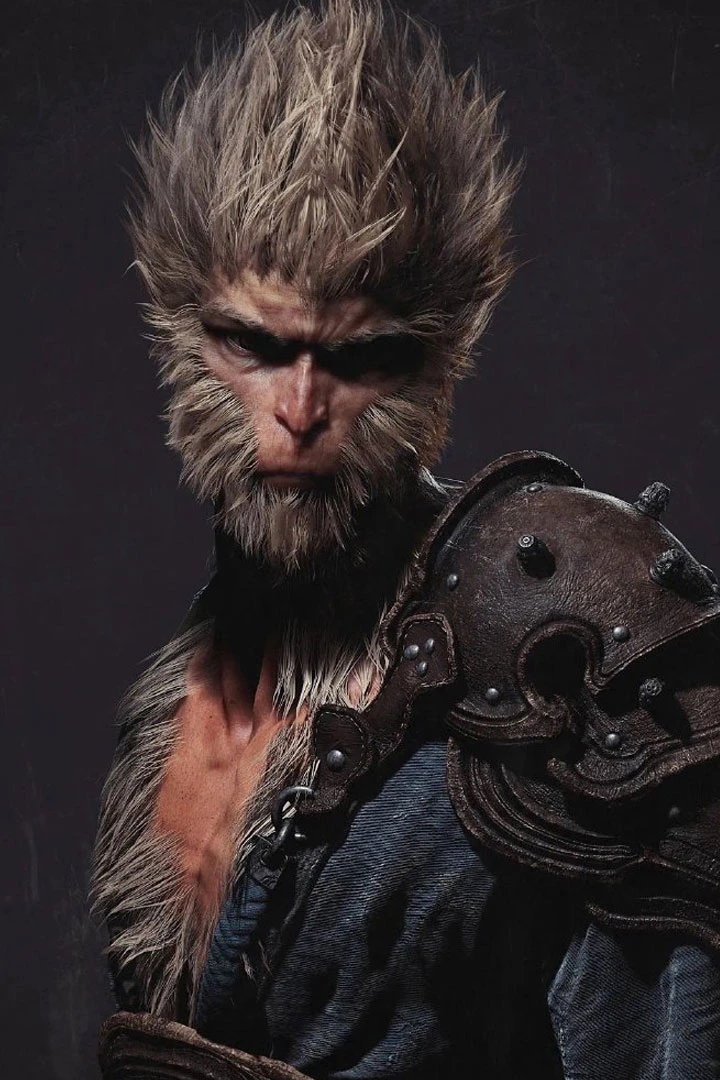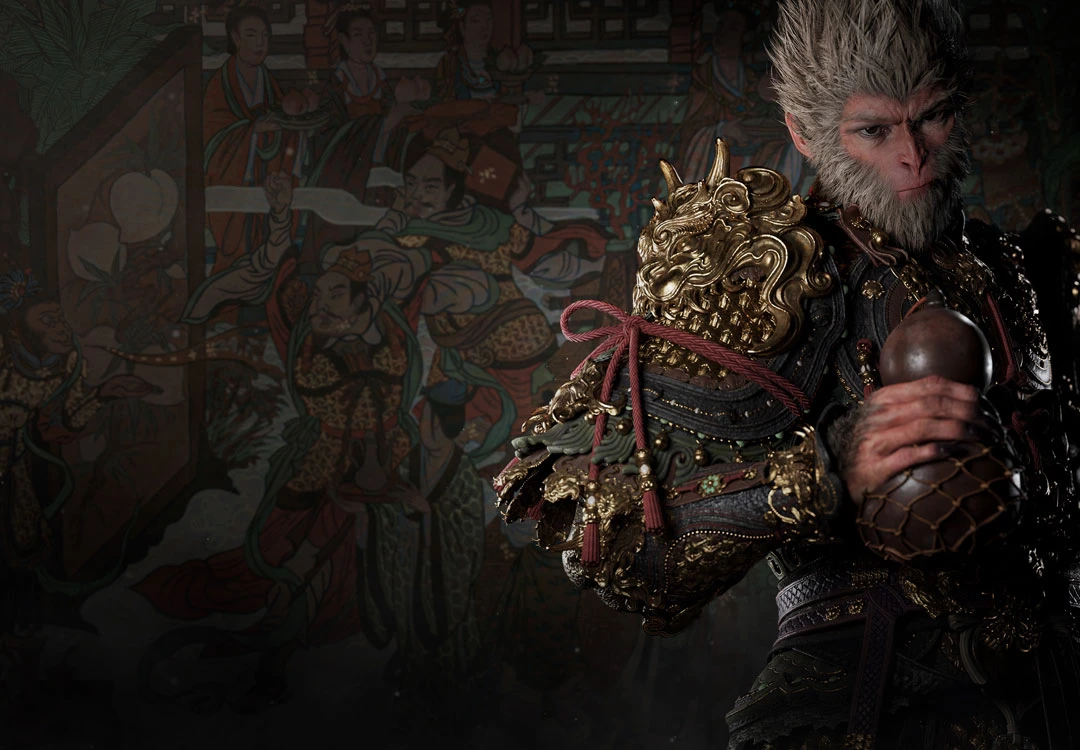In August 2024, the gaming world witnessed a transformative moment with the release of "Black Myth: Wukong," (黑神话:悟空) developed by Game Science. This highly anticipated title, often heralded as China's first AAA game, broke records from day one. Within its initial 24 hours, the game sold over 4.5 million copies and set a new benchmark on Steam for single-player game concurrent user numbers, peaking at 2.2 million. Just three days post-launch, "Black Myth: Wukong" had surpassed 10 million units sold. This unprecedented success not only highlighted the game's exceptional quality but also sparked a broader cultural phenomenon—the "Wukong Effect."
The game's influence extends beyond the gaming sphere. Before its release, Luckin Coffee launched a limited edition collaboration with "Black Myth," featuring game-themed merchandise that sold out rapidly, causing system crashes. Additionally, state media like Xinhua News reported on the game’s impact, noting its role in bringing traditional Chinese architecture and culture into the spotlight.
Rewriting the Narrative: The Cultural Impact of -Black Myth: Wukong
"Black Myth: Wukong" stands out not only for its gameplay but also for its cultural resonance. The game’s appeal is rooted in its innovative design and artistic execution, but its true impact lies in how it intertwines traditional Chinese narratives with modern gaming. Steam reviews reflect this sentiment, with one player noting the unique experience of playing as Sun Wukong, a character deeply ingrained in Chinese cultural memory. This feedback underscores the game’s ability to bridge cultural gaps and offer a novel perspective on Chinese mythology.
Chinese state media echoed this sentiment, emphasizing that allows global audiences to engage with the iconic Monkey King in a way previously reserved for Western heroes like Norse gods or samurai. The game’s success is seen as a significant step in cultural export, demonstrating that Chinese narratives can captivate a global audience while enriching the international gaming landscape.
The success of "Black Myth: Wukong" can be traced back to its roots in the earlier game "Fight the Gods," also developed by Game Science. "Fight the Gods," a MMORPG launched in 2013, was notable for its ambitious attempt to reimagine the Journey to the West story. However, it faced significant challenges and eventually led to the departure of key figures from Tencent Games.
The criticisms faced by "Fight the Gods" reflect broader issues in the Chinese gaming industry during the early 2000s. The free-to-play model dominated, leading to a focus on monetization strategies rather than gameplay quality. This era saw a shift from traditional content-driven games to those designed around player spending and in-game purchases, a trend that many criticized for diminishing the value of gaming experiences.
The transition from "Fight the Gods" to "Black Myth: Wukong" represents a departure from this model. While "Fight the Gods" was a product of its time, "Black Myth: Wukong" embodies a shift towards high-quality, full-priced games. Its success challenges the notion that the free-to-play model is the only viable option in China, demonstrating that there is a market for premium games and that high production values can achieve substantial commercial success.
Cultural Reclamation: Black Myth: Wukong-as a Blueprint for Future Games
"Black Myth: Wukong" employs a distinctive approach to storytelling and design. Rather than directly adapting the "Journey to the West" narrative, the game presents a reimagined story through the eyes of a "Destined One," who relives the tale of Sun Wukong after his fall. This creative reworking allows the game to explore familiar themes through a fresh lens, integrating various aspects of Chinese culture into its design.
The game's environments draw from real-world locations in China, such as the Yuhuang Temple in Shanxi and the Dazu Rock Carvings in Chongqing. This incorporation of authentic cultural landmarks adds a layer of depth and realism to the game, creating a reverse pilgrimage experience for players who can explore these sites virtually.
Visually, it utilizes a style reminiscent of classic Chinese animation, enhancing the game’s connection to traditional art forms. Its battle system, featuring elements like "magic weapons" and "transformation spells," reflects the richness of Chinese mythology, offering players a tangible sense of engagement with cultural elements.
Despite its strengths, the game’s departure from the traditional "Journey to the West" narrative has sparked debate. While some appreciate the creative reinterpretation, others feel that it strays too far from the original story. This discussion highlights a broader trend in Chinese gaming: the challenge of balancing innovation with cultural authenticity.
"Black Myth: Wukong" marks a significant milestone in the evolution of Chinese gaming. Its success demonstrates that high-quality, full-priced games can thrive in the Chinese market and that cultural narratives can be effectively globalized. The game’s ability to blend traditional Chinese elements with modern gameplay offers a model for future game development, showing that it is possible to create compelling games that resonate both domestically and internationally.
As the gaming industry in China continues to grow and evolve,it serves as a testament to the potential of combining cultural heritage with cutting-edge technology. It opens up new possibilities for the future of Chinese games and sets a high standard for what can be achieved in the industry. The game not only reflects the changing landscape of Chinese gaming but also contributes to the ongoing dialogue about cultural representation and storytelling in the digital age.



